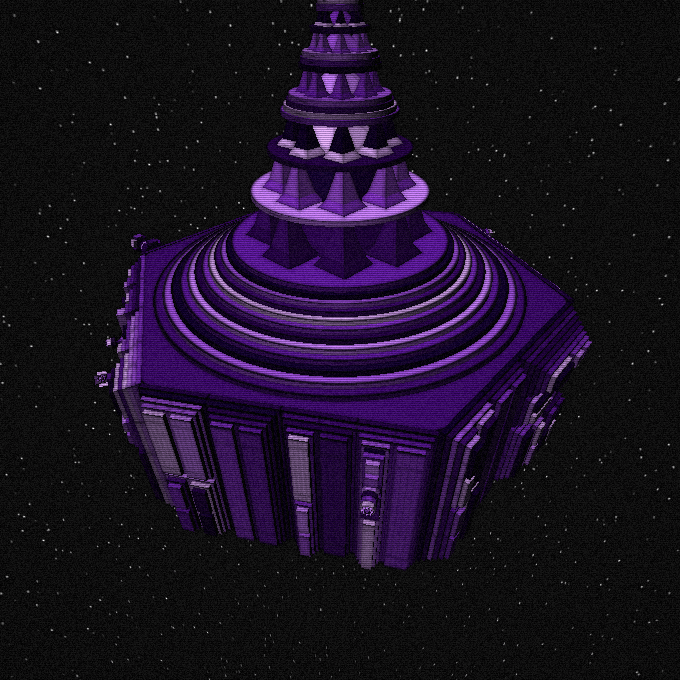
Welcome to week five of Cryptomania, the newsletter, a preview companion to my book with the same title. The book traces the pandemic-era rise and fall of cryptocurrency, largely unfolding over 20 short months between March 2021 and November 2022. Pre-order Cryptomania here. If you order via Bookshop, use the code CRYPTOMANIA to get 15% off.
In this newsletter, each of the 20 months in my book’s narrative will receive its own weekly installment.
Today, I returned the “second pass” of my book into my copy editor, which means that all 314 pages of text are essentially locked. So it’s done, guys: I’ve finished writing my first book. It’s been a grueling, thrilling process. Now all I have to do is sit here for four months and hope that no earth-shaking news comes out that completely upends my view of crypto. Surely nothing like that could happen in a notoriously sleepy industry…
One of the main narratives in my book is tracing how the NFT space warped from being mostly about art to being mostly about gambling. The first heroes of NFTs in 2021 were groundbreaking artists like Beeple and FEWOCiOUS. Even Changpeng Zhao, Binance’s cutthroat CEO (who has since pled guilty to a felony charge), sold art as a key part of crypto: “Crypto opens new doors, big doors, for creators around the world. . . . With this new level of interest and funding, we’re gonna see better art,” he said in March 2021.
Just a few months later in July 2021, art was still very central to the NFT space, as evidenced by the flourishing of Art Blocks. Art Blocks is an NFT art platform that is, in my opinion, one of the coolest projects to come out of the space. It allowed generative artists—who wield code to create many different variations on an artistic theme—to sell their works at scale and reach global audiences. In June 2021, the artist Tyler Hobbs minted the collection Fidenza, now considered a hallmark of digital artistry, immediately earning hundreds of thousands of dollars in ether.
I really like Art Blocks because 1) It gave new artistic & economic opportunities to artists 2) Most of the art was actually really cool 3) There was an alignment between how the art was created, why it should be released on the blockchain, and why it held economic value. This wasn’t just artists drawing something and then putting it up on the blockchain because that’s where the rich crypto people were. It was digital artists painstakingly forging a body of work with the help of algorithms, then seamlessly, simultaneously releasing thousands of genuinely new pieces of art to rabid collectors, who delighted at being the first ones to ever see the work.
In July 2021, Art Blocks was raking in about $1 million a day in sales, putting it solidly in the top 5 of NFT collections alongside meme-driven juggernauts like the Bored Ape Yacht Club. And that month, I got to interview the creator of Art Blocks, Erick Calderon. With Art Blocks, Calderon hoped to make crypto-art more financially accessible, showcase artists whose work would match the complexity of anything in the physical modern art world, and cater to the crypto community’s desire for scarcity and unpredictability. “I thought people would like the idea of performing part of the art process—and being presented with a tiny piece of the artist’s brain,” he says.
Here are some of the key points that Erick Calderon made in our interview that I still think are interesting today:
NFTs are just a file type. “In the long run, the friction involved is going to be reduced to a very low cost from what it is now. So right now minting an NFT on Ethereum is probably $10 or $15. When these networks scale, it might cost a nickel. So long term, anything that is a digital asset will be minted as an NFT because you’re giving it importance and provenance. We will get to that point where if I’m saving a file in Photoshop, I will save it as an NFT, to immediately preserve and stamp my claim as the first creator of that intellectual property.”
Art Blocks’ aim is to make art more accessible for collectors. “I’ve never been able to afford art until very recently. For example, Dmitri Cherniak’s work sells for 3 or 4 ETH. My proposition was: Instead of selling one output for $10,000, I want you to sell 1,000 outputs for $200 a pop, making art accessible to people like me that want one of his works.”
Art Blocks was also a watershed moment for artists who create using codes and algorithms. “Since the seventies, people have been using code to create outputs: Some are more emotional or compelling than others. Heavily algorithmic art appeals more to nerds than to someone that is impressed by landscapes or photorealistic oil paintings.
But now, there’s been an upsurge in the appreciation of generative art, which I do feel semi-responsible for. Slowly, it will penetrate into the traditional art world, who, I think will embrace this and really understand the amount of effort and the artistic talent required to create an artwork piece that's compelling among 1000 iterations.”
-But the story of Art Blocks isn’t a universally happy one. These days, Art Blocks doesn’t sniff the top of the leaderboard in terms of NFT collections by sales volume; it’s been drowned out by cheap profile picture projects. And the NYT’s Zachary Small goes pretty in depth with Calderon and his Art Blocks journey in his upcoming book, Token Supremacy, exploring his conflicted relationship with the town of Marfa. You can pre-order that one here.
July 2021 Roundup
Price of bitcoin and ether: ~$41,000 (a nice jump up), ~$2500 (also up)
Craziest Headline: Jack Dorsey Is Hopeful Bitcoin Can Create 'World Peace'
What’s SBF Up To? The rivalry between SBF and CZ (Changpeng Zhao of Binance) heats up, when Sam secretly buys back Binance’s stake in FTX, worth about $2 billion, using borrowed FTX customer money. Sam later described the process as a “very acrimonious negotiation” and claimed that Zhao threatened to walk away from the buyout unless FTX kicked in another $75 million, which it did. Sam does this in order to strip CZ of leverage—but he makes a huge mistake and accidentally hands CZ a mammoth weapon of corporate warfare. To read the full story, you’ll have to buy the book!
Junk Drawer
-I love a scathing review, and The Verge’s takedown of the AI Pin is textbook. “The AI Pin is an interesting idea that is so thoroughly unfinished and so totally broken in so many unacceptable ways that I can’t think of anyone to whom I’d recommend spending the $699 for the device,” writes David Pierce.
-HBO’s The Sympathizer, which arrives in a few days, is an elite text-to-screen adaptation. I interviewed author Viet Thanh Nguyen and showrunner Park Chan-wook about their political aims for the series.
-Conan on Hot Ones is my Roman Empire. It’s not delightfully unhinged - it’s derangedly, maniacally fucked up the way Conan commits to the bit. He’s the GOAT.





